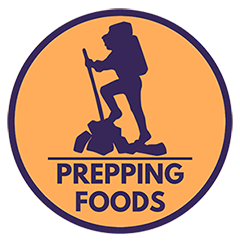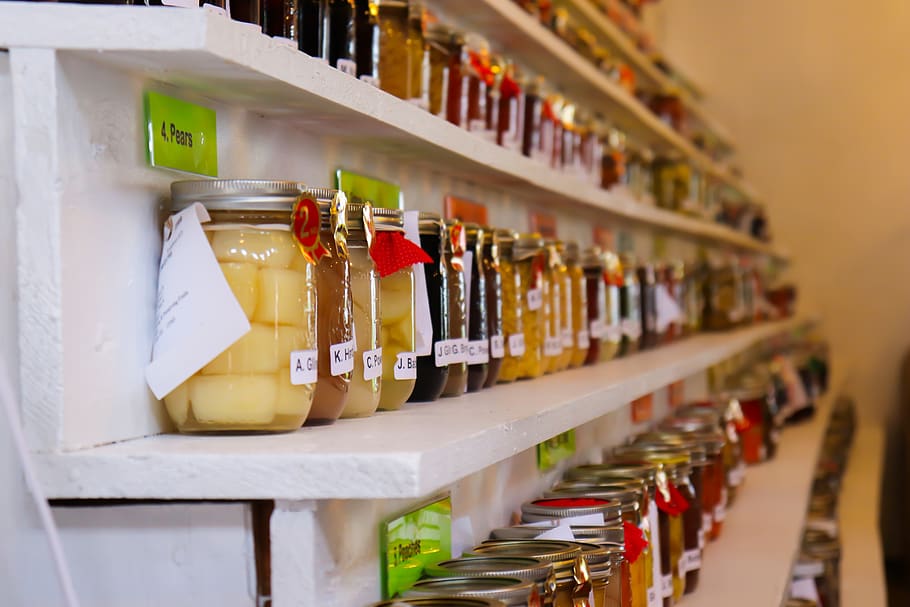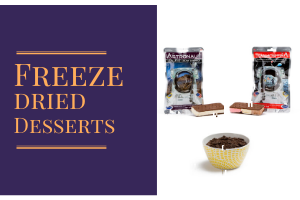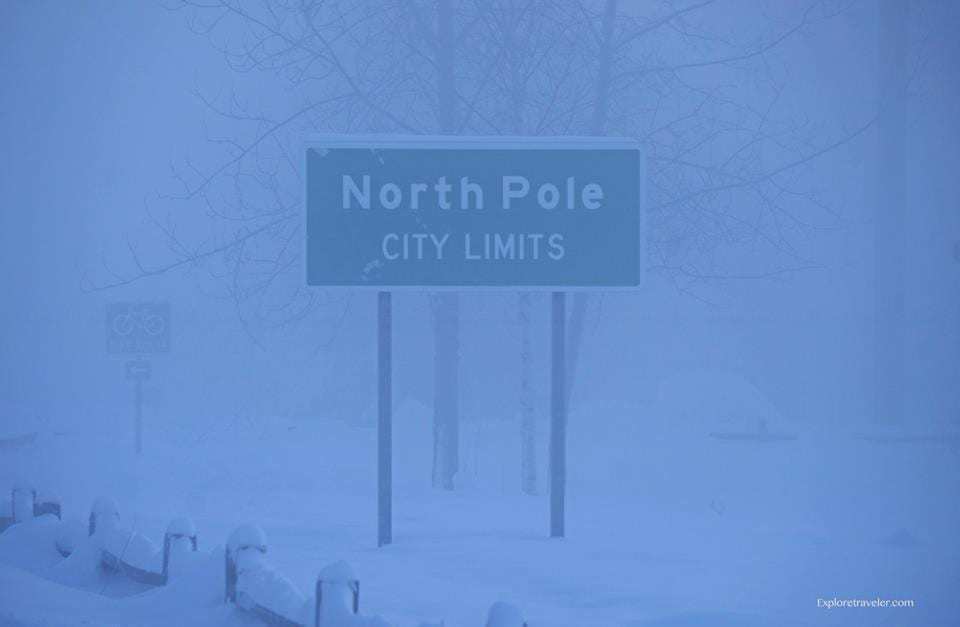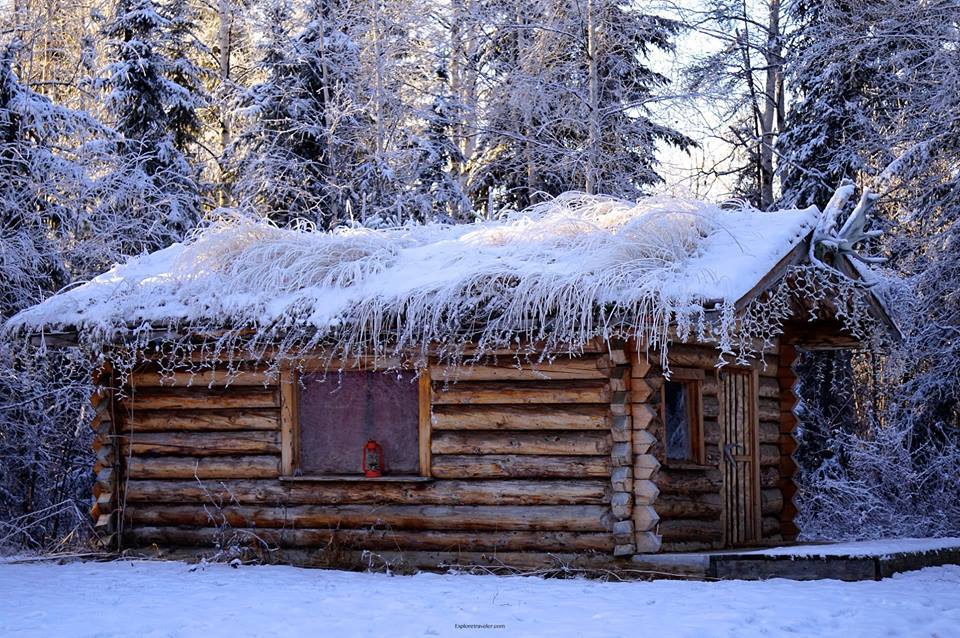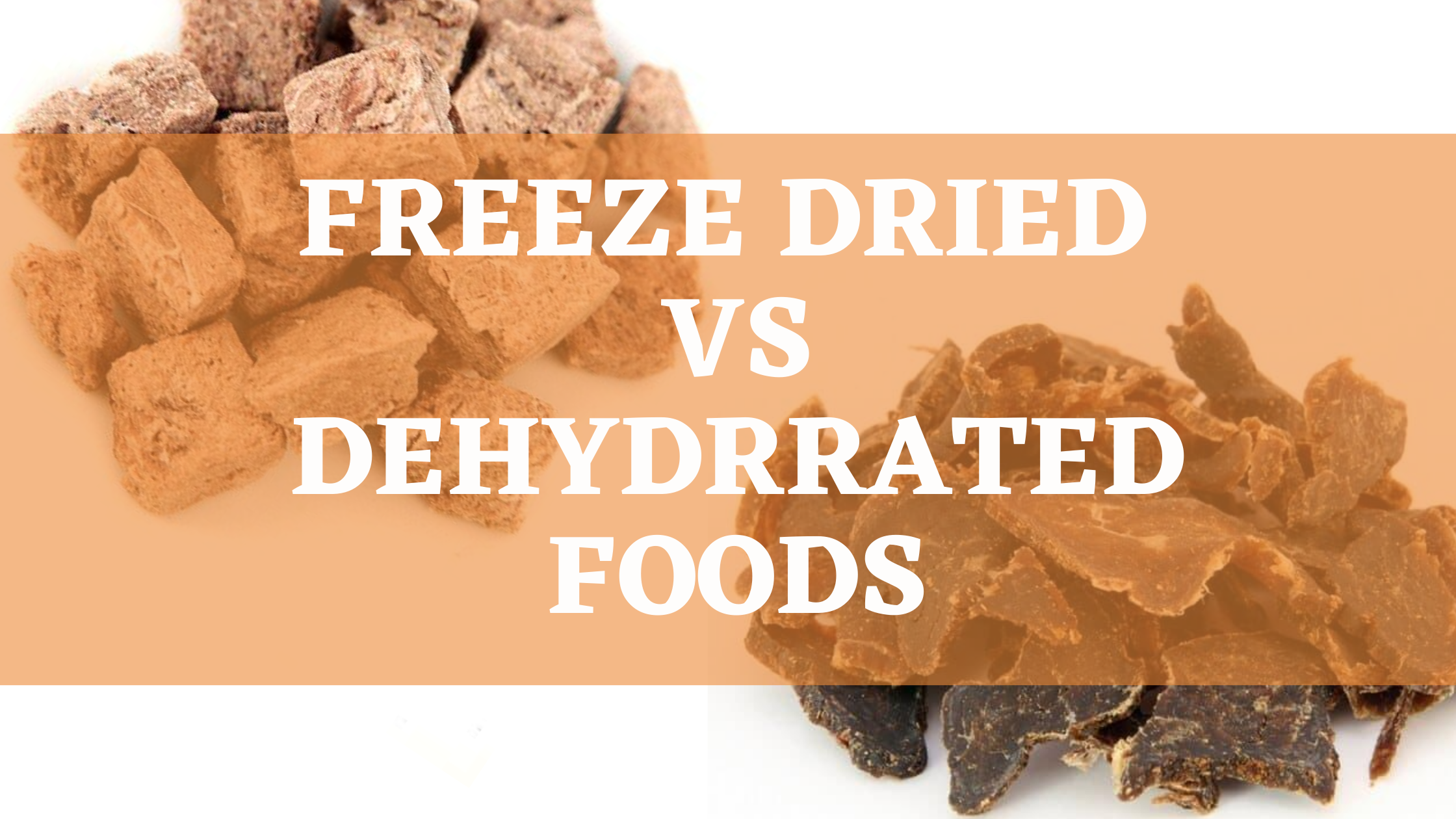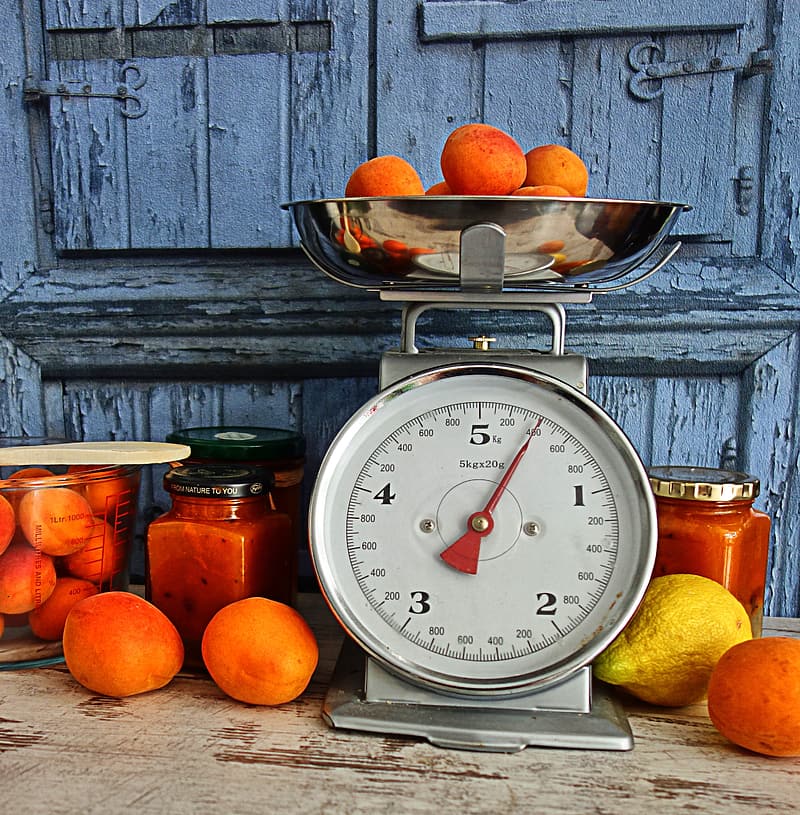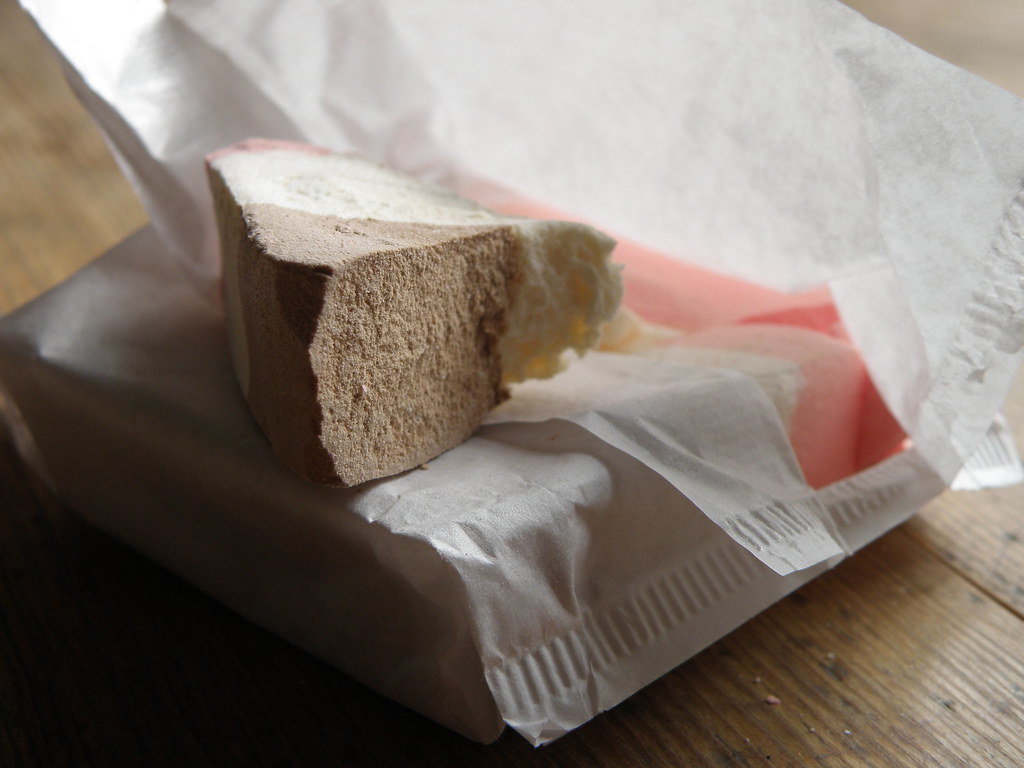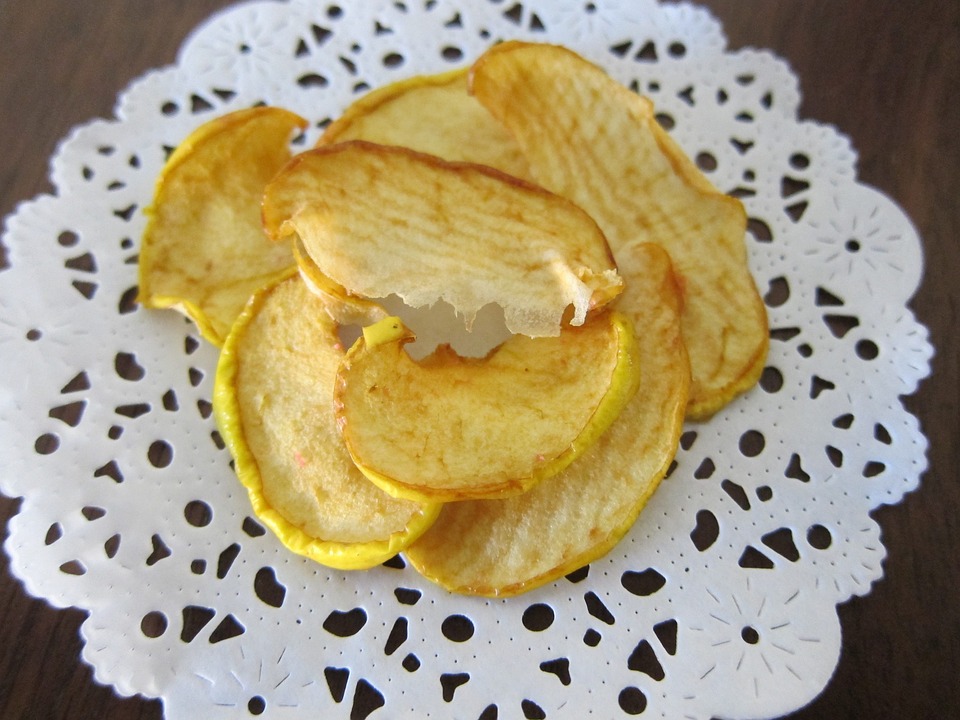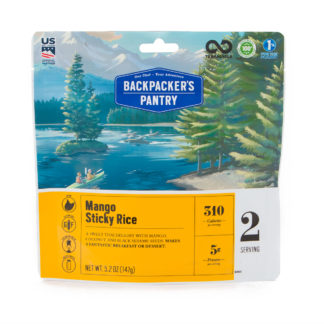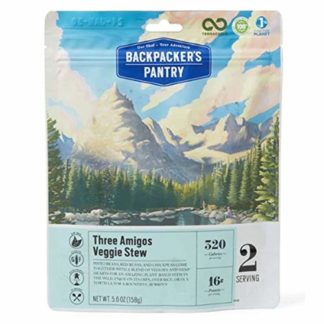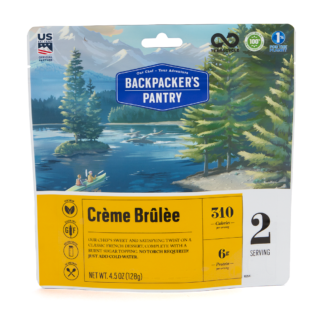In a world where culinary exploration knows no bounds, the quest for unlocking global flavors has become both an art and a science. Imagine embarking on a gastronomic journey that transcends borders and continents, all from the comfort of your kitchen. Today, we delve into prepping food with a twist – infusing dishes with the essence of name-brand freeze-dried items sourced not only from the heartlands of the United States but also from the far corners of the world. Picture this: the vibrant hues and intense aromas of these renowned freeze-dried treasures transform your everyday meals into culinary masterpieces that tantalize the taste buds and transport you to distant lands with each savory bite. From Morocco’s mesmerizing spices to Japan’s exotic flavors, the possibilities are as endless as they are mouthwatering. Join us as we unravel the secrets of incorporating these global gems into your cooking repertoire, elevating your dishes to a new level of sensory delight. Let’s embark on a flavorful adventure where every spoonful tells a story, and every dish is a passport to a world of exquisite tastes.
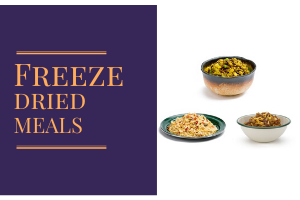
Freeze Dried Meals
Freeze Dried Meals are the best options for travelers or backpackers. As they are easy to carry and can be prepared instant. You need to add boiling water and your meal is ready to eat.
The Art of Infusing Global Flavors into Your Cooking
Name-brand freeze-dried items are a game-changer when it comes to unlocking global flavors in your cooking. These culinary gems from the United States and worldwide add authentic taste to your dishes, allowing you to explore new cuisines without leaving your kitchen. Whether you’re craving Morocco’s vibrant spices or Japan’s delicate flavors, incorporating freeze-dried ingredients into your recipes is the key to creating unforgettable meals.
One of the most significant advantages of using name-brand freeze-dried items is their convenience. Unlike fresh ingredients that may spoil quickly or be challenging to find, freeze-dried alternatives are readily available and have a long shelf life. This means you can access exotic flavors year-round, no matter where you live. Rehydrate them with water or add them directly to your dishes for instant flavor.
Another benefit of using freeze-dried treasures is their ability to retain their original taste and aroma. The unique drying process preserves the essence of each ingredient, ensuring that you experience the true flavors from around the world in every bite. Whether it’s fragrant Moroccan spices like cumin and cinnamon or umami-rich Japanese ingredients like miso and seaweed, these freeze-dried items capture the essence of their origins.
Exploring Name Brand Freeze-Dried Items: A Culinary Odyssey
Embarking on a culinary odyssey with name-brand freeze-dried items opens up a world of possibilities in your kitchen. Let’s start our journey by diving into Morocco’s mesmerizing spices and flavors. Imagine infusing your tagines with aromatic blends like ras el hanout or adding a pinch of saffron to elevate your rice dishes. With freeze-dried Moroccan spices at your disposal, you can easily recreate the vibrant and exotic flavors of this North African country.
Next, we venture to the Land of the Rising Sun – Japan. Japanese cuisine is known for its delicate balance of flavors and meticulous attention to detail. By incorporating freeze-dried ingredients like dashi or shiitake mushrooms into your dishes, you can achieve that authentic umami taste characteristic of Japanese cooking. Whether you’re preparing a comforting bowl of miso soup or experimenting with sushi rolls, these freeze-dried treasures will transport you to the bustling streets of Tokyo.
Elevating Everyday Dishes with Freeze-Dried Treasures
Who says everyday dishes have to be ordinary? With name-brand freeze-dried items, you can transform your meals from mundane to extraordinary in an instant. Sprinkle freeze-dried herbs like basil or thyme onto your pasta dishes for a burst of freshness, or add a handful of freeze-dried vegetables to your stir-fries for added texture and flavor.
Furthermore, don’t underestimate freeze-dried fruits’ power in transforming sweet and savory recipes. Whether adding a tangy twist to your salads with freeze-dried berries or incorporating tropical fruits into your smoothies, these dried gems provide a concentrated burst of natural sweetness that will elevate any dish.
Unleashing the Essence of Moroccan Spices in Your Meals
Moroccan cuisine is renowned for its bold and aromatic spices that create a symphony of flavors in every dish. By using name-brand freeze-dried Moroccan spices, you can effortlessly infuse your meals with the essence of this vibrant culinary tradition.
Start by exploring ras el hanout, a fragrant spice blend that typically includes cumin, coriander, ginger, cinnamon, and other aromatic spices. Sprinkle it onto roasted vegetables or use it as a rub for meats to add depth and complexity to your dishes. For a touch of luxury, saffron is a must-have ingredient. A pinch of freeze-dried saffron threads can transform a simple rice dish into a golden masterpiece.
Another staple in Moroccan cuisine is preserved lemons. These tangy gems are traditionally made by pickling lemons in salt and lemon juice. Still, freeze-dried preserved lemon powder allows you to enjoy their unique flavor without the lengthy preservation process. Add a teaspoon of this powder to your tagines, couscous, or salad dressings for an instant burst of citrusy goodness.
Embracing the Exotic Flavors of Japan through Freeze-Dried Ingredients
Japanese cuisine is revered for its delicate flavors and meticulous presentation. By incorporating name-brand freeze-dried Japanese ingredients into your cooking, you can bring the essence of Japan to your table.
Dashi, a traditional Japanese stock made from kombu seaweed and bonito flakes, is the foundation of many Japanese dishes. With freeze-dried dashi powder, you can easily recreate this umami-rich stock at home. Use it as a base for soups and sauces or even as a seasoning for grilled meats and vegetables.
Shiitake mushrooms are another staple in Japanese cooking. Their earthy flavor adds depth to various dishes like stir-fries and noodle soups. With freeze-dried shiitake mushrooms, you can enjoy their umami goodness anytime without worrying about freshness or availability.
Creating Fusion Masterpieces: Combining Traditional and Modern Flavors
The beauty of using name-brand freeze-dried items is that they allow you to create fusion masterpieces by combining traditional flavors with modern twists. Experimenting with different cuisines and ingredients can create unique and exciting dishes reflecting your culinary creativity.
For example, imagine infusing Italian pasta dishes with the vibrant flavors of Mexican cuisine. Adding freeze-dried chipotle peppers or cilantro to your tomato sauce can create a fusion of two distinct culinary traditions. The smoky heat of chipotle peppers and the freshness of cilantro will take your pasta to a new level.
Similarly, you can explore the marriage of Asian and Mediterranean flavors by incorporating freeze-dried ingredients like lemongrass or sumac. Lemongrass adds a citrusy aroma to stir-fries and curries, while sumac lends a tangy and slightly fruity flavor to salads and roasted vegetables.
Tips and Tricks for Maximizing the Impact of Freeze-Dried Items
To make the most out of your name-brand freeze-dried items, here are some tips and tricks:
1. Rehydrate properly: If you’re using freeze-dried fruits or vegetables in recipes that require moisture, rehydrate them before adding them to your dish. Soak them in water for a few minutes until they regain their original texture.
2. Experiment with different textures: Freeze-dried items come in various forms, including powders, flakes, and whole pieces. Play around with these different textures to add visual appeal and varying levels of intensity to your dishes.
3. Start small: Since freeze-dried items are concentrated in flavor, it’s best to start with small amounts and adjust according to taste. You can always add more if needed, but be mindful not to overpower other ingredients.
Unlocking the Health Benefits of Incorporating Freeze-Dried Ingredients
In addition to their incredible flavors, name-brand freeze-dried items offer numerous health benefits. The drying process preserves the nutritional value of the ingredients, making them a convenient and nutritious addition to your meals.
Freeze-dried fruits and vegetables retain their vitamins, minerals, and antioxidants, boosting nutrients in every bite. They are also free from additives or preservatives, making them a wholesome choice for those seeking natural and unprocessed ingredients.
Furthermore, using freeze-dried items allows you to reduce food waste. Since they have a long shelf life and can be rehydrated as needed, you can avoid throwing away fresh produce that may spoil before using it.
Embracing Diversity on Your Plate: Using Freeze-Dried Items Sustainably
When incorporating name-brand freeze-dried items into your cooking, it’s essential to do so sustainably. Here are some tips for embracing diversity on your plate while minimizing your environmental impact:
1. Support local producers: Look for freeze-dried items from local farmers or producers whenever possible. This helps reduce carbon emissions associated with long-distance transportation and supports local economies.
2. Choose organic options: Opt for organic freeze-dried ingredients to minimize pesticide exposure and support sustainable farming practices.
3. Reduce packaging waste: Look for brands that use minimal packaging or choose bulk options to reduce unnecessary waste.
Culinary Wanderlust: A Conclusion to Your Global Flavor Journey
Your global flavor journey has come to an end, but the possibilities for culinary exploration are endless. By unlocking the flavors of name brand freeze-dried items sourced from the United States and around the world, you can transport yourself to different cultures with each dish you create.
From Moroccan spices that awaken your senses to the delicate flavors of Japan that transport you to far-off lands, these freeze-dried treasures have the power to elevate your cooking and expand your culinary horizons. So, embark on a flavorful adventure, experiment with new ingredients, and let your taste buds guide you on a journey of global gastronomy.
